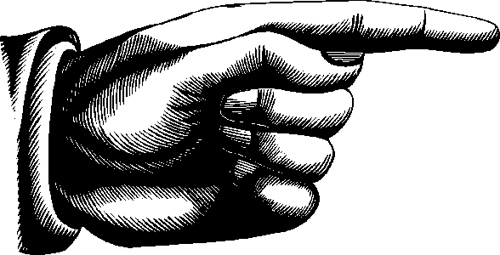
In a series of experiments in 2009, Stanford psychologist Daniel Casasanto investigated whether right- and left-handed people differ in how they associate abstract concepts such as good and bad with horizontal space.
He found that right-handed people associate the space to their right with good things like intelligence, attractiveness, honesty, and happiness more readily than the space to their left. With left-handed people, the opposite applies.
“This means for example that the same portrait photo, when placed on a table to the right of a right-hander, will be seen in a more positive light than when it happens to be placed on the other side,” writes Rik Smits in The Puzzle of Left-Handedness. “It’s as if the preference for one hand over the other radiates out into the vicinity of that hand. It may even mean that when an employer looks at a list of brief descriptions of job applications that has been laid out in two columns, those in the column of the same same side as his or her preferred hand will be judged more favourably. If this turns out to be true, then perhaps elections, selection procedures and recruitment are even less rational processes than we already feared. It seems there isn’t an awful lot we can do about that.”
(Daniel Casasanto, “Embodiment of Abstract Concepts: Good and Bad in Right- and Left-Handers,” Journal of Experimental Psychology: General 138:3 [August 2009], 351–367.)
